
Catananche caerulea wild in Provence
Catananche A family of hardy herbaceous daisy-like perennials that make excellent border plants. Also useful as cut flowers. Family: Asteraceae Botanical Name: Catananche Common Names: Cupid's dart, blue daisy, flower of love, blue cupidone. Foliage: Deciduous, narrow, grey-green leaves.
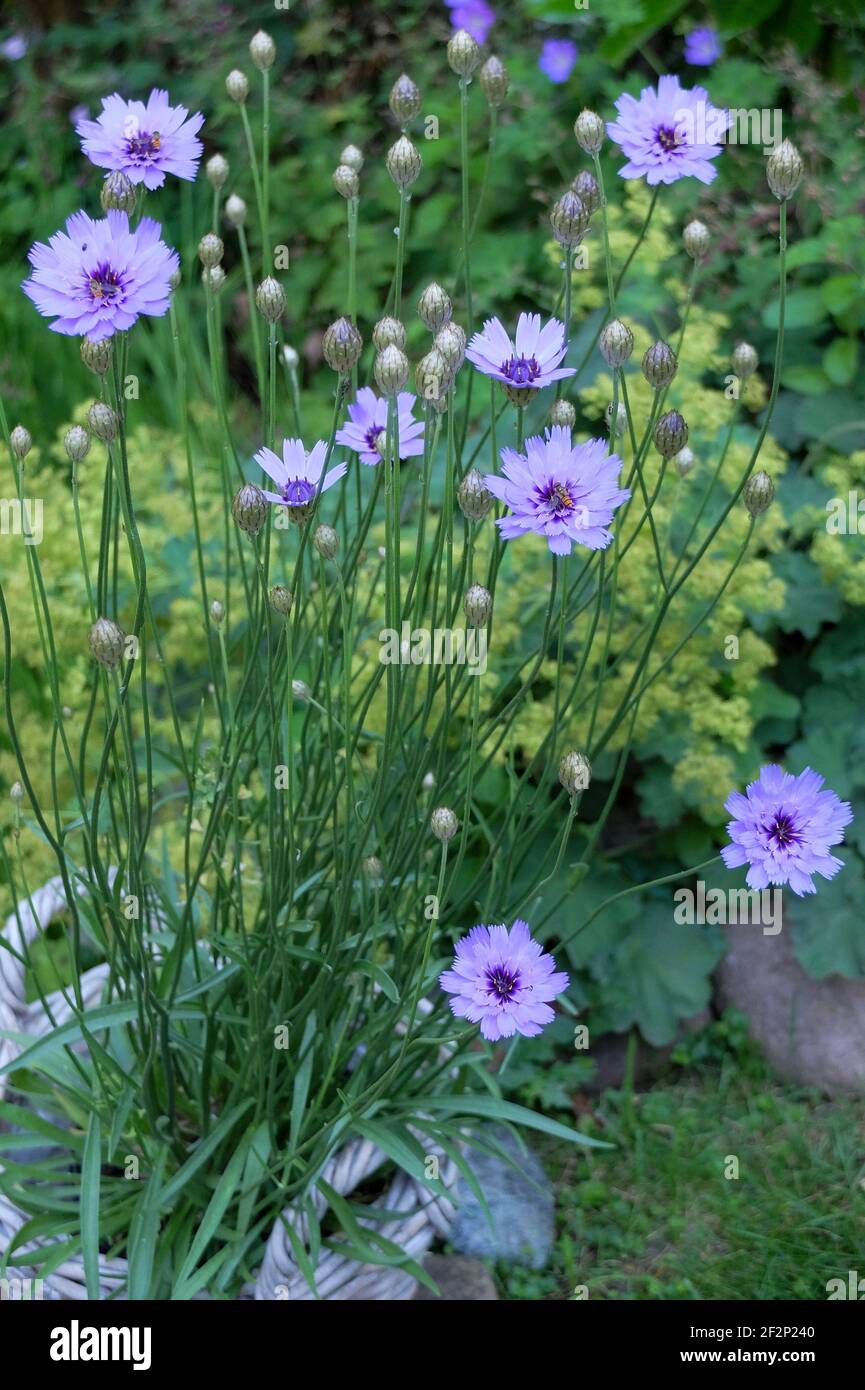
The blue rattle (Catananche caerulea) in flower Stock Photo Alamy
Height: 12 inches (30 cm). Family: Asteraceae (Compositae). Native: Mediterranean. Growing Region: Zones 4 to 9. Flowers: Late spring and summer. Flower Details: Blue, purple, white. Daisy-like. Flowers sit atop long stems. Fringed petals. Foliage: Silvery leaves. Sow Outdoors: Cover seeds. Before last frost or late autumn in mild areas.

Catananche caerulea Major Mirror Garden Offers
West facing. Plant match details will appear here. Exposure. Sheltered. Plant match details will appear here. C. caerulea is an upright perennial with clumps of grass like foliage and blue, yellow or white ray floret flowers with toothed petals and papery white bracts in summer and autumn.
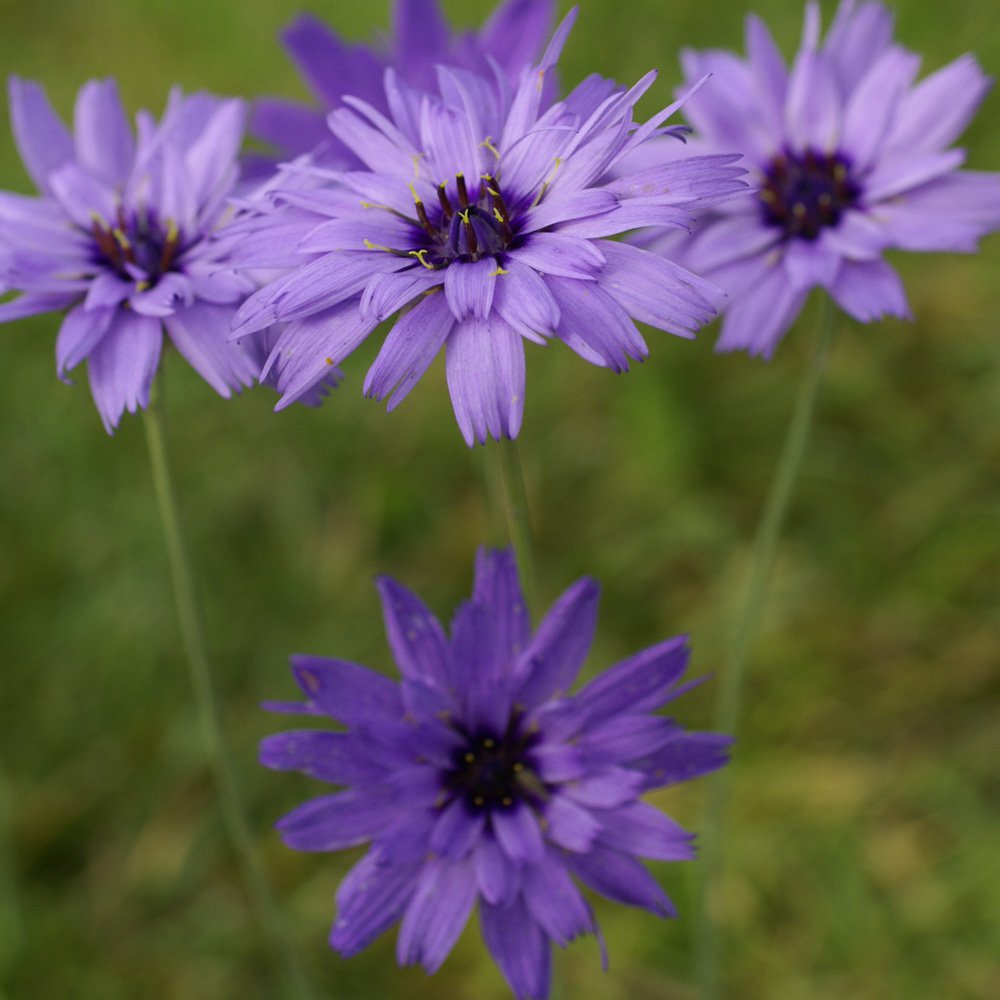
Cupid's Dart Seeds Catananche Caerulea Blue Flower Seed
Common name: Cupid's dart Botanical name: Catananche Family name: Asteraceae Origin: Mediterranean Where to Plant Catananche - Cupid's Dart Grow Catananche in full sun or very light shade. Catananche grows best in humus-rich, well-drained soil. Catananche Uses and Companions

Catananche caerulea Worfield Plants
Cupid's Dart (Catananche caerulea) is a perennial wildflower grown for its tall stems of charming lavender-blue flowers that appear in mid-summer, attracting butterflies. Flowers bloom on tall, wiry stems over low, grassy foliage.
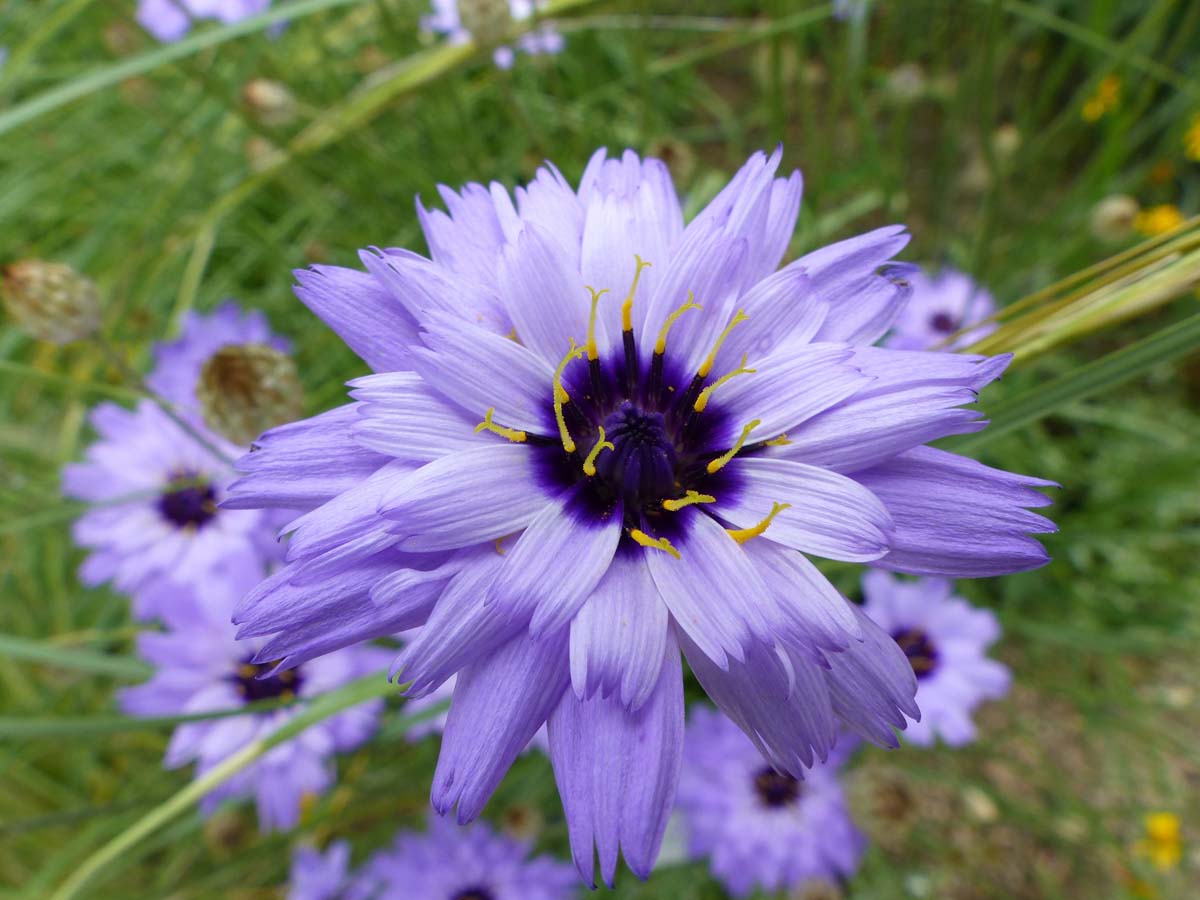
Catananche caerulea Common Cupid's Dart Blue Cupidone Cupid's
Catananche caerulea, commonly called Cupid's dart, is a perennial herbaceous of the aster family. The evergreen foliage forms a tuft of grey-green grassy leaves. The branched slim stems are leafless and bear papery blue flowers with dark centers blooms and each flower is subtended by scarious bracts. The fruit is an oblong achene. This plant is ideal for dry and stony soils.

Catananche caerulea Xera Plants
Blooming for weeks, from summer to fall, this attractive perennial features branched sprays of violet-centered, lavender daisy-like flowers, 1-2 in. wide (3-5 cm), surrounded by strawlike, shining bracts. They are followed by attractive papery seedheads that are excellent for dried arrangements.

CATANANCHE Caerulea Blue Horticulture Dumont
Catananche caerulea, or Cupid's dart, is a greyish green perennial herbaceous plant with a basal leaf rosette and conspicuous blue-purple or sometimes white flowerheads, belonging to the daisy family. It is a popular garden plant and is often used in dried flower arrangements. [2] It is native to the Mediterranean region.

Catananche caerulea Major J Parker Dutch Bulbs
Scientific name: Catananche caerulea Plant family: daisy family / aster family (Asteraceae) Sowing time: Spring Planting time: Spring Flowering period: June to September Location: sunny Soil quality: gritty to loamy, calcipholous, moderately nutritious, low in humus These information are for temperate climate!
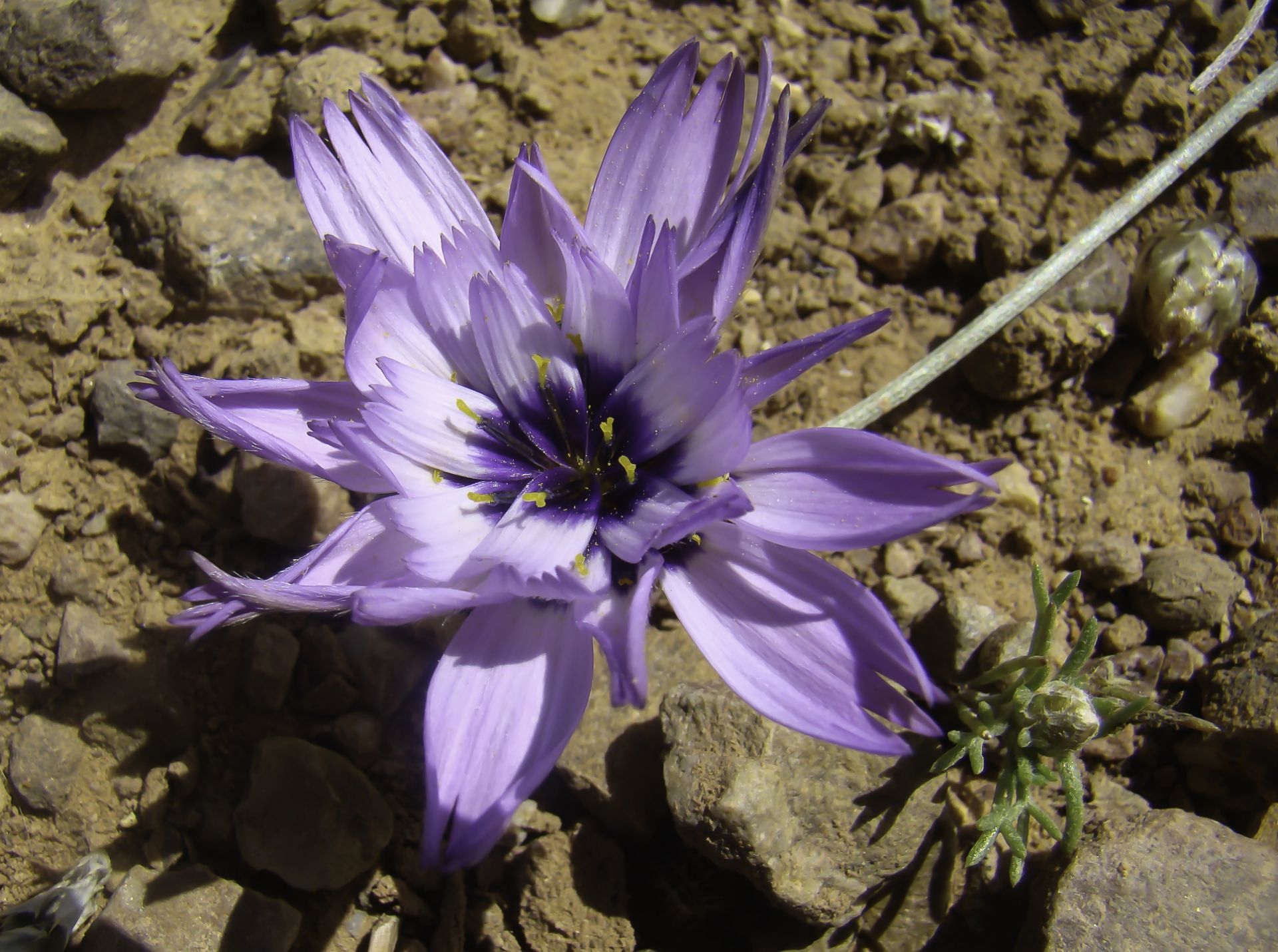
Catananche caerulea Plant Biodiversity of SouthWestern Morocco
Catananche caerulea, or cupid's dart, is a flowering perennial native to Europe. It forms clumps up to 30 inches (76 cm.) tall with thin, wiry stems and blue or lavender, daisy-like flowers. The leaves are narrow, grass-like, and grayish green. The flowers start blooming in midsummer and continue into the fall.

Catananche caerulae blauwe strobloem kopen Planten, Vaste planten
Catananche caerulea blue-flowered Cupid's dart A short-lived herbaceous perennial to 50-90cm in height, with erect, grassy leaves and branched sprays of dark-centred, violet-blue daisy-like flowers 3-5cm in width from mid-summer to autumn; seedheads are papery and attractive Other common names blue cupidone blue succory see more compulsion-of-love
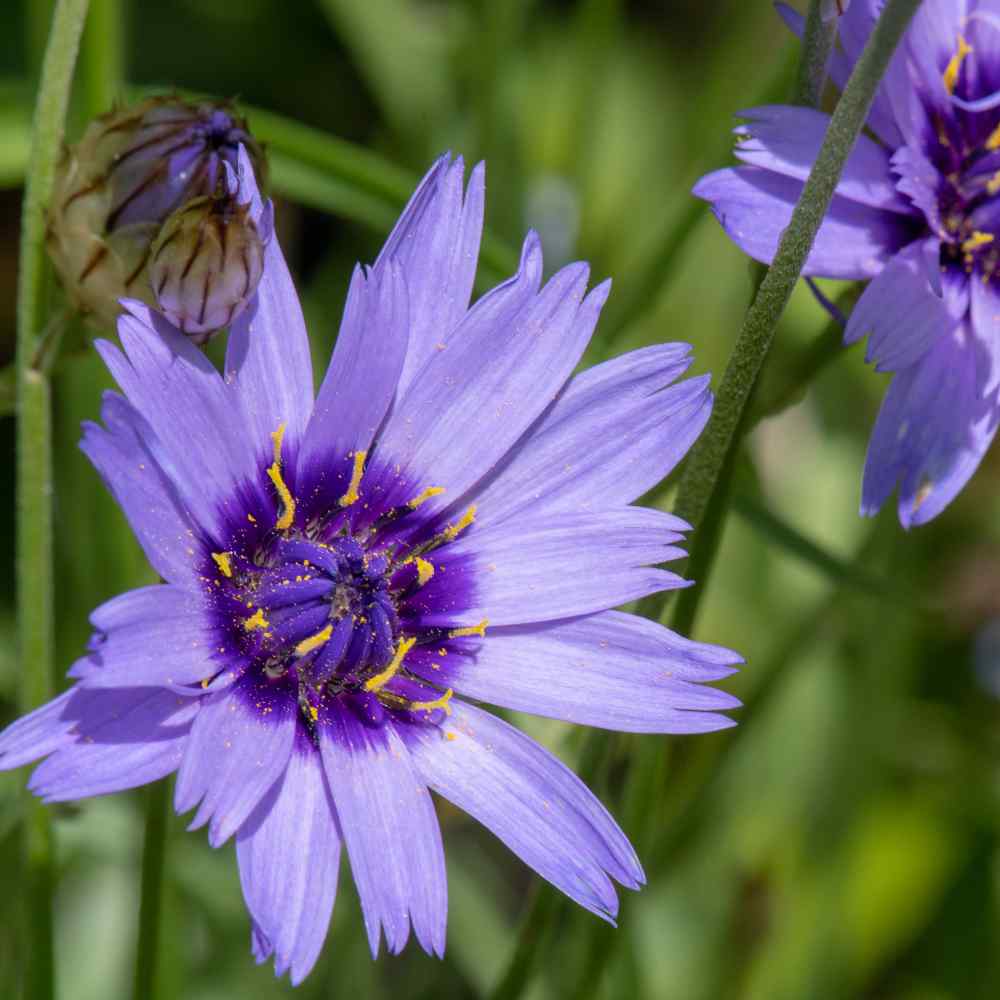
Cupid's Dart Seeds Catananche Caerulea Blue Flower Seed
Cupid's Dart (Catananche caerulea) Care Guide. Perennials can be planted anytime from spring through fall. Prepare the garden by breaking up the existing soil (use a hoe, spade, or power tiller) to a depth of 12-16" (30-40cm). Add organic matter such as manure, peat moss or garden compost until the soil is loose and easy to work.

Catananche caerulea BBC Gardeners World Magazine
Plant Group: Short-lived perennial. Hardiness: Sunset zones: 1-10, 14-24. USDA zones: 5-10 (maybe 4). Mature size:. Catananche caerulea is a flower that grows all around the Mediterranean region. The Greeks and Romans used the flower as a key ingredient for powerful love potions. Even better, it is long lasting as a cut flower and has.

Catananche caerulea Cambridge Botanic Garden
Discover the allure of Catananche caerulea! Explore our extensive plant database for care tips, stunning photos, and unique varieties of Cupid's Dart.

Cupid's Dart (Catananche caerulea 'Amor Blue')
Catananche caerulea, commonly called Cupid's dart, is a short-lived, clump-forming perennial of the aster family. Blue to lavender-blue flowers (to 2" diameter) with dark centers bloom singly on naked wiry stems rising to 2' tall from a mostly basal clump of narrow, lanceolate, grass-like, gray-green leaves (each 8-12" long).

Catananche caerulea Beth Chatto's Plants & Gardens
Catananche caerulea Cupid's Dart is an old fashioned, summer blooming perennial. Catananche is derived from the Greek word for Love Potion, which along with the common names of Cupid's Dart and the Love Plant, refer to the plants usage in ancient times. Cupid's Darts are short lived perennials that form 12" clumps of 18"-24",